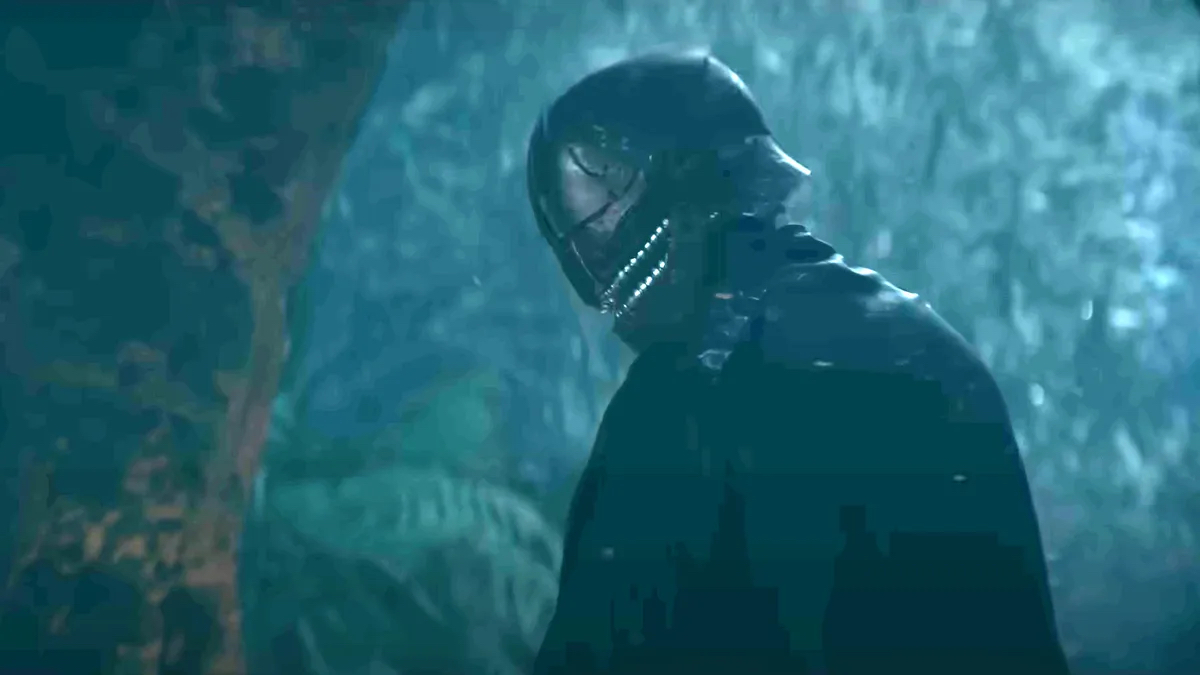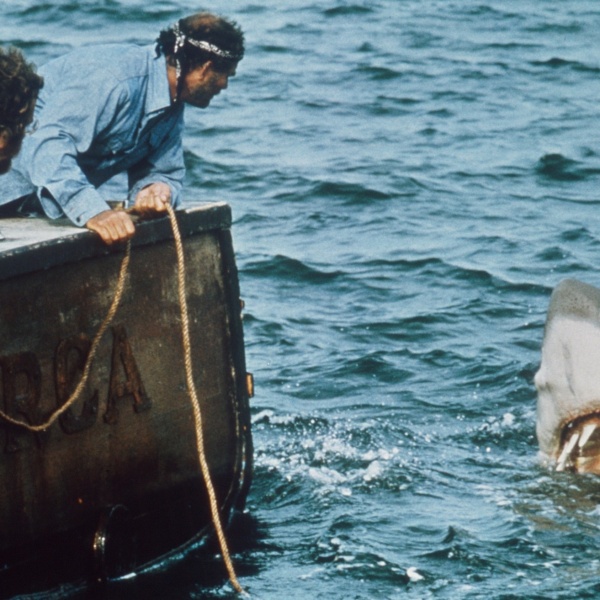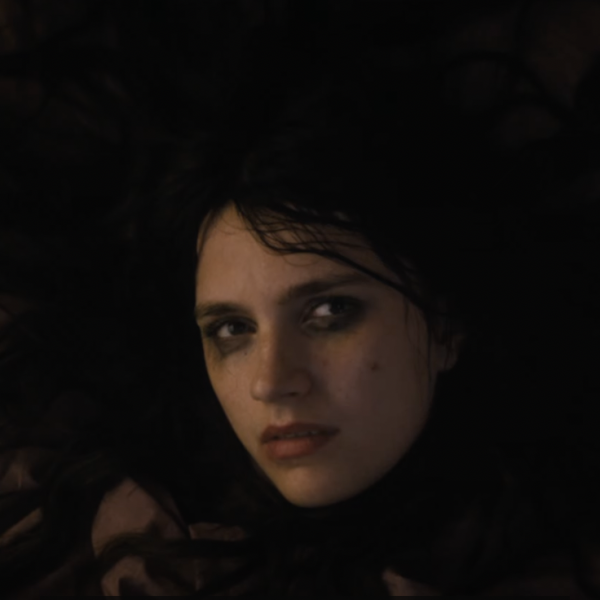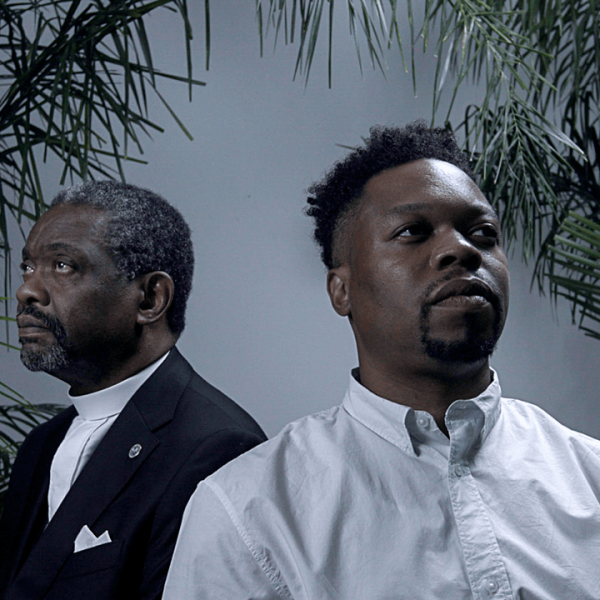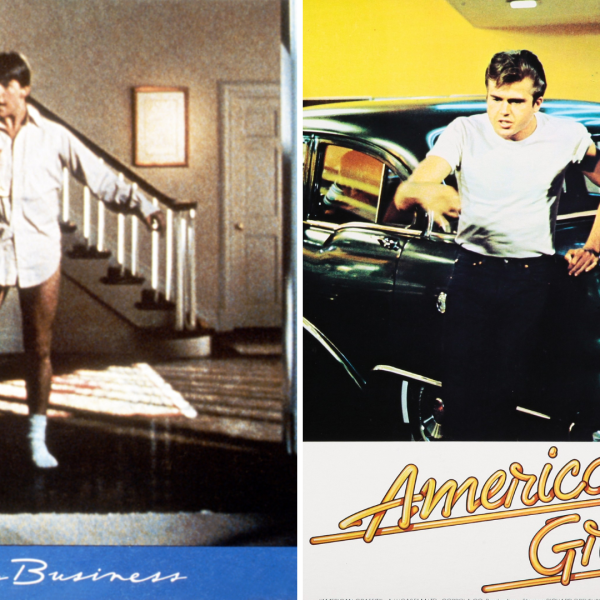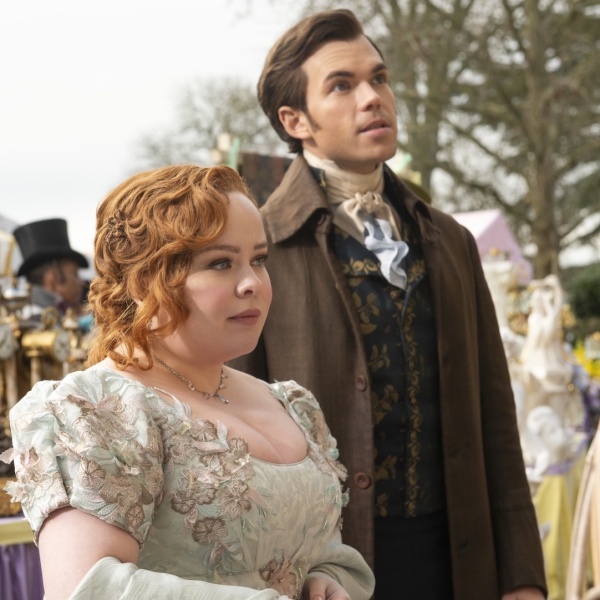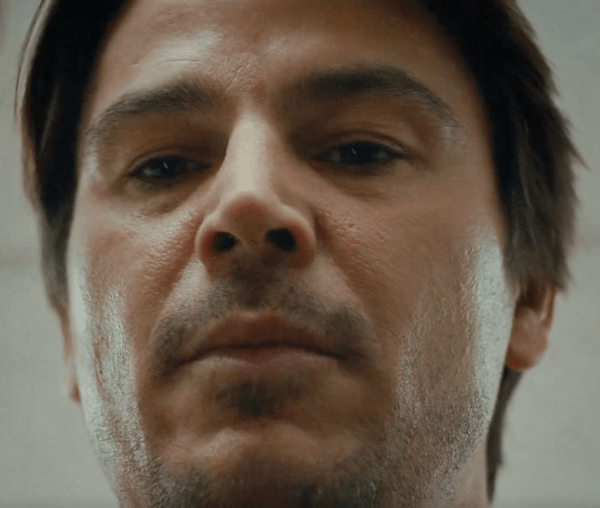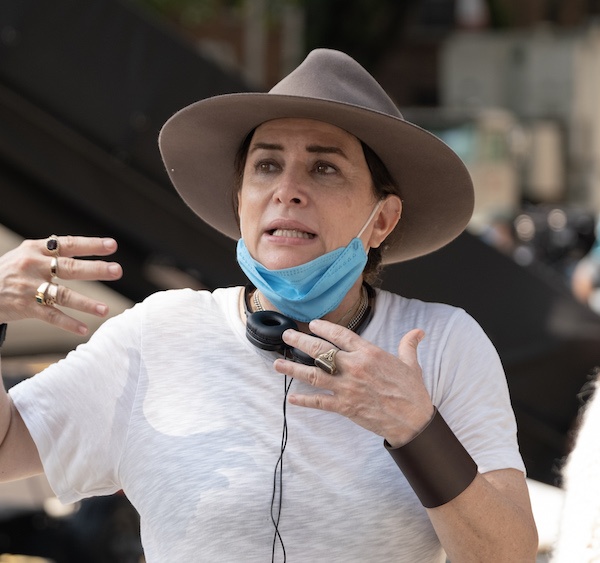[Editor’s note: This article contains spoilers for the season, now series, finale of “The Acolyte.”]
There is every indication that, as of San Diego Comic-Con just weeks ago, Lucasfilm was planning on a future for “The Acolyte.” Instead, on August 19, Deadline first reported that the Disney+ “Star Wars” prequel series was canceled.
So it’s strange that at Comic-Con on July 26, the annual Stories from a Galaxy Far, Far Away panel showed that Lucasfilm Publishing had invested a great deal in “The Acolyte,” with multiple new tie-in books and comics related to the show. Random House Worlds will be publishing a novel in 2025 by Justina Ireland about Rebecca Henderson’s Jedi Master Vernestra Rwoh and Carrie-Anne Moss’s Master Indara. February 2025 will introduce “The Acolyte” character Kelnacca, the Wookiee Jedi Master, into the ongoing “The High Republic” comic book series from Marvel. And in July 2025, there will even be a YA novel focusing on Charlie Barnett’s Yord and Dafne Keen’s Jecki. This is not an investment that suggests an imminent cancellation of “The Acolyte” was being considered by Lucasfilm even as of late July. Then you consider that “The Acolyte” was featured prominently at D23 just two weekends ago — including an on-stage Q&A with Manny Jacinto.
And yet canceled the show is. Despite a helluva cliffhanger ending that saw Amandla Stenberg’s Osha turn to the Dark Side and join Jacinto’s Sith Lord as his acolyte. That introduced Darth Plagueis, glimpsed just from the shadows in promise of more stories to come. That also included a tantalizing glimpse of Master Yoda. The series was set 100 years before “The Phantom Menace,” meaning that showrunner Leslye Headland had a wide canvas to work with and little preexisting canon to worry about navigating.

Even more than these specific teases of where the show could have gone, or these specific publishing tie-ins, “The Acolyte” was the live-action series culmination of three and a half years (more even, when you consider the years of planning) of an initiative spearheaded by Lucasfilm Publishing called “The High Republic,” which considered the Jedi at their zenith, before the Sith started to erode their influence. Dozens of books and comics preceded “The Acolyte” as part of “The High Republic,” and “The Acolyte” was almost conceived as a coda of sorts to the whole storytelling initiative, which launched with Charles Soule’s “Light of the Jedi” in January 2021 — this show would be the specific story about how the Sith came out of the shadows to stand against the Jedi once more.
And now “The Acolyte” is done. Headland was certainly bullish when she spoke to IndieWire’s Sarah Shachat in July about her hopes for the future and the stories she could tell next. Now they won’t happen… though the fans have always found ways to get Lucasflm to tell once-planned stories in different ways (look at how the #SaveCloneWars hashtag really did result in a subsequent season of that show on Disney+, as well as stories from that show that would have been told onscreen being told via books and other media). Somehow that particular influence that the fandom once had doesn’t seem as powerful any longer, and it’s harder to imagine a #SaveTheAcolyte campaign, just given the logistical challenges of casting and filming live-action TV.
More importantly, there’s a chilling feeling with this cancellation. One that’s genuinely foreboding. “The Acolyte” was far from a perfect show. It had pacing issues (I would have reordered certain episodes completely), some tonal inconsistencies, and character motivations that seemed to change on a dime just because they had to. But it was also the single most ambitious and exciting “Star Wars” series since Season 1 of “Andor,” and, as IndieWire’s Proma Khosla noted, the most that “Star Wars” had generated online buzz since… well, probably since CGI Luke Skywalker fired up his green blade to slice through some clankers and take Baby Yoda under wing in December 2020.
“The Acolyte” caused such a stir because it legitimately took some big swings: It introduced a coven of queer space witches; it added a whole new history to the Sith and prompted intense speculation about the identity of its Sith Lord; once that Sith Lord was revealed to be Manny Jacinto’s character otherwise known as Qimir, it connected him to Darth Plagueis; and it continued the project of the prequel trilogy and “The Last Jedi” to look more critically at the Jedi. This was not just a hero-worship view of the monastic order. It was a deeply serious consideration of what happens when genuine spirituality gets put into an organized, administrative framework — one that can be easily highjacked by nefarious forces. It also just simply told stories about all new characters in an all-new, previously unexplored part of the “Star Wars” timeline. This a huge universe to play in… much, much bigger than just the Skywalkers. “The Acolyte” embraced that, in the way that “Andor” did as well.
But Tony Gilroy didn’t have to worry about cancellation for “Andor” because he only planned for it to be two seasons anyway. “Skeleton Crew” looks ambitious, so one has to worry in advance that it may also be too “different” for some fans. And the other series, such as “Ahsoka” — just a curious live-action continuation of the “Star Wars: Rebels” animated series — and “The Mandalorian,” are all “building to something”: The odd recasting of Timothy Zahn’s “Heir to the Empire,” about Grand Admiral Thrawn’s (Mads Mikkelsen) war against the New Republic in the years after “Return of the Jedi” that will play out across various projects in the years ahead, including the feature film “The Mandalorian and Grogu.”
Sigh. “The Mandalorian and Grogu.” The title alone peddles familiarity and banishes mystery. This is a franchise that once had titles like “The Phantom Menace” and “Attack of the Clones,” which self-consciously embraced pulp while leaving room for multiple interpretations. “The Mandalorian and Grogu” suggests simply that what you see is what you get: “Star Wars” was never afraid to be cute — it’s always been a franchise for kids and we should never forget that — but there’s something particularly infantile about the reign of Baby Yoda over the past five years. It’s the ultimate retrenchment into what’s safe, into what’s replicatable. A franchise interested more in pacification than storytelling. In preempting fan backlash rather than provoking real excitement. Once “Andor” wraps, it’s easy to imagine the Marvelization of “Star Wars” will be complete: Each unchallenging new installment of “Star Wars” being just a building block toward something else. Puzzle pieces instead of stories.
The endurance of those kinds of “Star Wars” properties makes the cancellation of “The Acolyte” all the more bitter. “Star Wars” is expansive enough to offer many different kinds of “Star Wars.” Instead, one very safe MCU-molded “Star Wars” seems likely to be the core of what “Star Wars” will be going forward. How can a franchise continue when all it can play are its greatest hits? Or merely remix 30-year-old Expanded Universe stories? Those stories have been told. Right now, it seems that “Star Wars” has nothing more to say.
